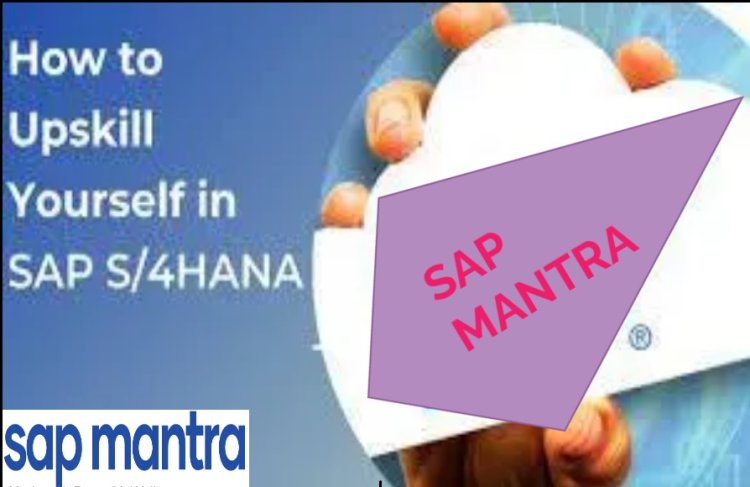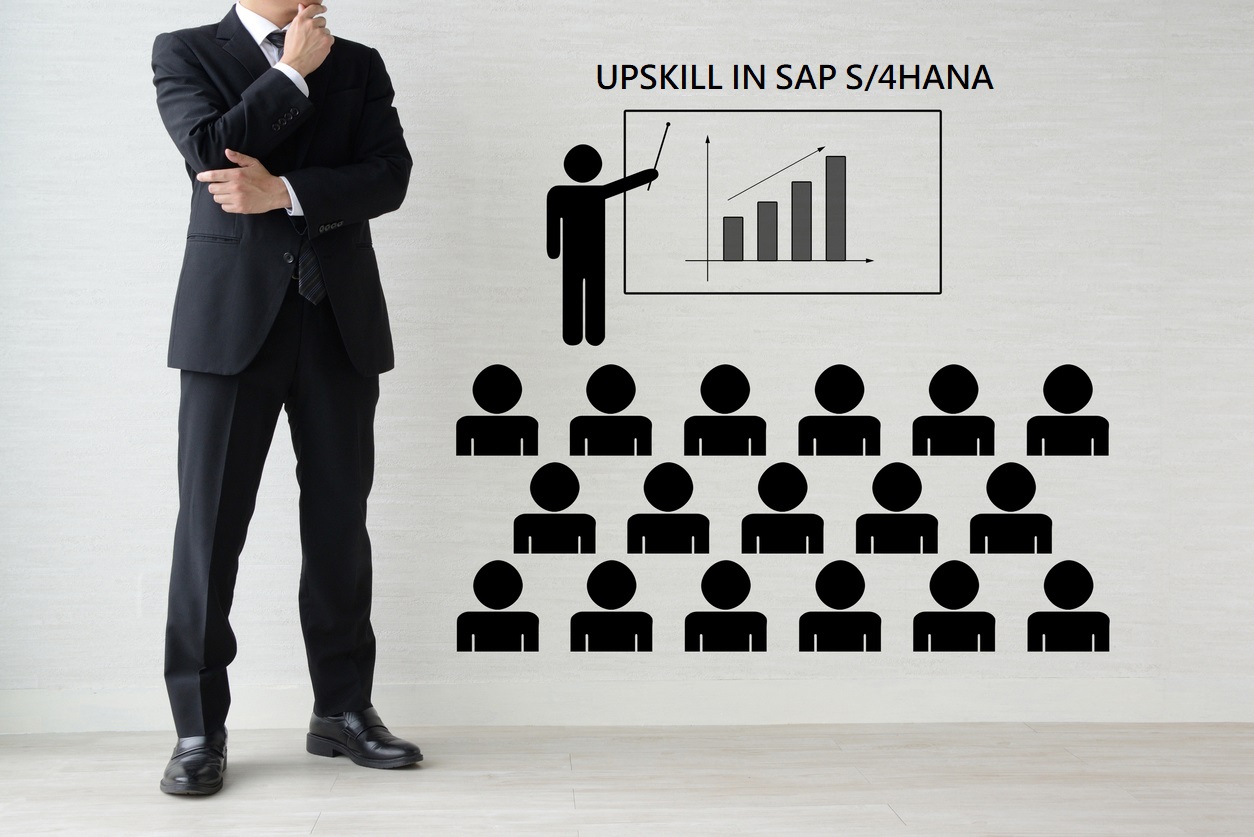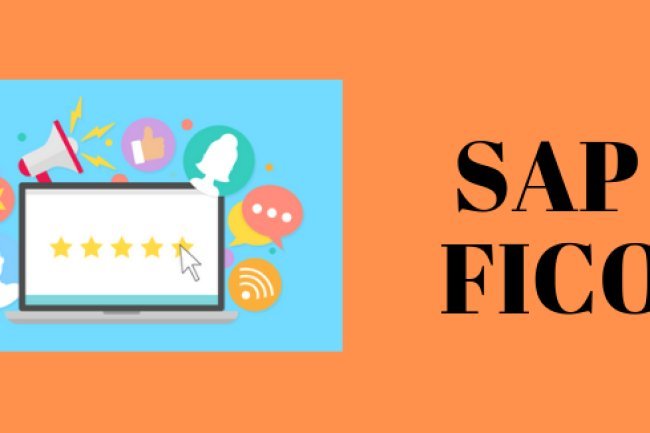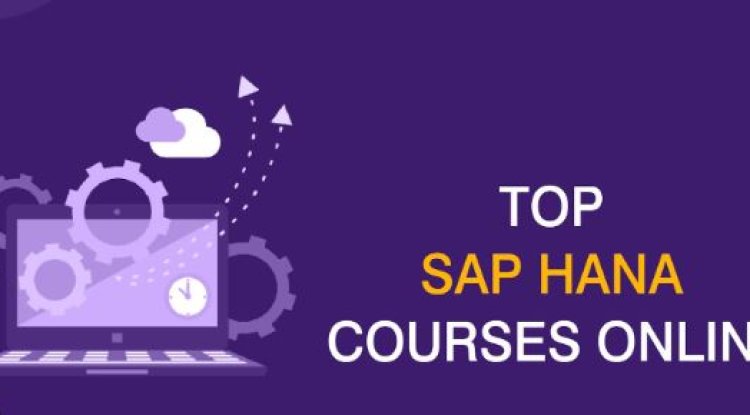How to Upskill Yourself in SAP S/4HANA
Upskilling Yourself in S/4HANA

You’re an SAP consultant and you know your stuff. You used to feel like you were at the top of your game… and then 2015 comes along and SAP introduced SAP S/4HANA. All bets are suddenly off, and you find yourself hearing acronyms and terminology you don’t understand.
That was five years ago, and it’s still happening – how do you jump on this bandwagon? What is the best way to get your ERP 6.0 skills up to speed so you can truly call yourself an SAP S/4HANA consultant? Read on, this is just the blog posting for you.First things first – there is no shortcut to getting yourself up to speed on SAP S/4HANA. Do not fall into the trap of assuming that because you are an expert in ERP 6.0, you will also be an expert in S/4HANA. Lots of functionality and architecture is the same, but there are also lots of key differences.There is a wealth of blogs, discussions, eBooks and websites dedicated to explaining the differences and that is not the purpose of this post. The aim of this post is to point you in the direction of how to acquire these skills – but even so you must put in some time. Hopefully this post will clear the fog and show you where the vehicle is – but you can’t drive it without first learning how!
The traditional route: SAP training
The SAP training site has hundreds of courses, but many of them are not specific to S/4HANA. The good news is that if you choose your functional area and take a course specifically for SAP S/4HANA, there will be an introductory module which talks you through some important S/4HANA concepts, such as the advantages of the HANA database, new Fiori user experience, embedded analytics and simplification of the data model.The line is https://sapmantra.com/form/app/form?id=2lyEsw and the landing page is as below. By hovering over a functional area, the menu opens and reveals specific topics to learn.
Be warned, SAP courses are not cheap, even in this virtual learning environment we now find ourselves in. Expect to pay around €1000 – €1500 for a two-day course. The courses, however, are very good and come with an extremely handy course booklet, which is invaluable if you are intending to progress to certification.
Using SAP resources
There is a wealth of resources available on the SAP help portal which could help you out, but the tonnage of information is daunting.
The first step is to open the portal here: https://help.sap.com/viewer/index
Type “SAP S/4HANA” into the search box to bring up all related documents.
This will take you to the latest S/4HANA product – release 2020. From here, select the Simplification List for SAP S/4HANA:
This will open the Simplification list for the SAP S/4HANA release in question. This is essentially the list of all the innovations in SAP S/4HANA. From this document, you can get the headline changes to the system which you need to be aware of, separated by functional area. Beware! The document is 1075 pages long. You will need to home in on the area you are interested in to get the most out of the document.Bear in mind also that the document itself is of limited value when using it to try to understand all the changes in SAP S/4HANA. This is because the simplifications list tends to focus on the simplifications from the last release. For example, if you look at the 2020 simplifications list and were interested in advanced ATP, there is a very short section only because the innovations from the previous 1909 version of SAP S/4HANA are minimal.Perhaps a more useful thing to do is to return to the SAP Help Portal and look up individual functional areas from there to return interesting documentation. For example, searching for “advanced atp” brings up a few useful documents, as below.
When selecting the document to view, be sure to choose the correct product, “SAP S/4HANA”, which is in green under the title:
OpenSAP – the free training site
If you haven’t heard of OpenSAP, then you need to get yourself signed up! It is a huge repository of free online courses covering almost every area of SAP. You will be awarded records of achievement for the courses you take and pass in the specified time period. Even if you miss that, you can still take the course and just not get the record of achievement. Most courses are around 10-20 hours, made up of individual sections with videos and slides.You’ll need to narrow your search down as there are a bewildering number of courses and more are being added all the time. Here is the link:
https://sapmantra.com/form/app/form?id=2lyEswA good way to start is with the self-paced course SAP S/4HANA in a Nutshell, which is a short 2-hour course only:
https://sapmantra.com/Following on from this course are numerous other introductory courses. You will notice that the URLs follow on from each other, giving you a good sense of the order with which to take the course – i.e. s4h1, s4h2, s4h3 etc.
The following are the recommended courses to get you started and well on your way:
• SAP S/4HANA – Deep Dive
https://open.sap.com/courses/s4h2
• SAP S/4HANA – Use Cases
https://open.sap.com/courses/s4h3
• Implementation of SAP S/4HANA
https://open.sap.com/courses/s4h4
• How to Best Leverage SAP S/4HANA Cloud for your Company:
https://open.sap.com/courses/s4h6
• Delivering Value with Intelligent Innovations in SAP S/4HANA:
https://open.sap.com/courses/s4h21
SAP S/4HANA publications
Rheinwerk Publishing, the publisher of SAP Press books is the big player in this field.
https://www.sap-press.com/the-publisher/
They boast a library of hundreds of books, all written by subject matter experts from the industry. Additionally, they have a blog page which has interesting insights into new SAP technologies.The SAP books are well researched and edited and contain updated technology information. The costs are not always cheap – most books are available for around $70 US for the eBook or $80 for the hardback. However, for the best content delivered in this format, you can’t better it.There are obviously lots of other SAP books and eBooks available, on sites such as Amazon.com and Guruland.net, which are also worth exploring. In many cases, these are cheaper alternatives to the SAP Press books.
Other training courses
There are several sites which offer their own training material for SAP S/4HANA. Again, it is worth identifying the area you are interested in before exploring these courses. My recommendation would be to take the OpenSAP introductory courses to SAP S/4HANA and then focusing on a functional or technical area within a site such as below:
SIPL Training Institute – https://www.sipltraining.com/– this site boasts the world’s largest collection of online courses (over 130,000 of them). Of these, almost 10,000 are related in some way to SAP S/4HANA. As a result, narrow down your search to achieve the best results. Courses usually cost around €15 but some are as much as €70; reviews are, on the whole, very good.
Sap Mantra Training Institute –https://www.sapmantra.com/ – hundreds of SAP specific courses, with 129 specifically S/4HANA courses available. Course costs tend to be more expensive than Sap Mantra, but quality is very high. Expect to pay anywhere from around €35 for a very short course, to over €200 for a longer course.
Get yourself a system!
The best way to learn is to get your hands dirty, but this can be tricky if you are working for a company without an S/4HANA system.Firstly, if you have access to an S/4HANA client in your company, even if you are not working on that system, ask for access to the sandbox. From there it would be a good plan to set aside an hour each week to look and play outside of your working hours, to get a feel for S/4HANA, especially if you can use Fiori as well.If you are not fortunate enough to have access to an S/4HANA system, do not despair. You can rent access to systems through specific sites online, although beware of untrustworthy sites here. Much is promised, but often little is delivered. Ensure before you sign up, that you check the following:
• You are getting access to an S/4HANA box, as well as access to the Fiori front end.
• Be aware that you may need to delve around in configuration of other functional modules in order to get scenarios working. For example, if you are a finance analyst, you may need basic configuration setting up for SD and MM to get documents through to the FI module.
• You may need to install the SAP GUI yourself (this can be problematic without instructions, as I know from personal experience).
Summary
There are many ways to get yourself up to speed on S/4HANA, but remember, there is no silver bullet. You will need to put time and effort in here, but hopefully with these suggestions you may save yourself some money. If I was pressed for a suggested itinerary for you, here is what I would suggest:
1. OpenSAP introductory SAP courses – at least the “In a Nutshell” and “Deep Dive” courses
2. Decide on your functional speciality, then purchase an SAP Press book in that area, specific to S/4HANA
3. Get access to an SAP S/4HANA system and spend some time in the latest areas such as Fiori, Eclipse and embedded EWM – these are the areas which will be completely new to you and where practice will pay off.
4. Refine your knowledge by following blogs (especially Eursap blogs!) in the S/4HANA area.
5. Start applying for SAP S/4HANA roles. There is a looming skills shortage in this area – make the most of it!
Good luck in your SAP S/4HANA journey!!!!
(AASHIT SRIVASTAVA)
What's Your Reaction?


















![Top SAP Modules list in 2023 [SAP FI, SAP CO, SAP SD, SAP HCM, and More]](https://sapmantra.com/blog/uploads/images/202304/image_100x75_6443f437cc02a.jpg)








